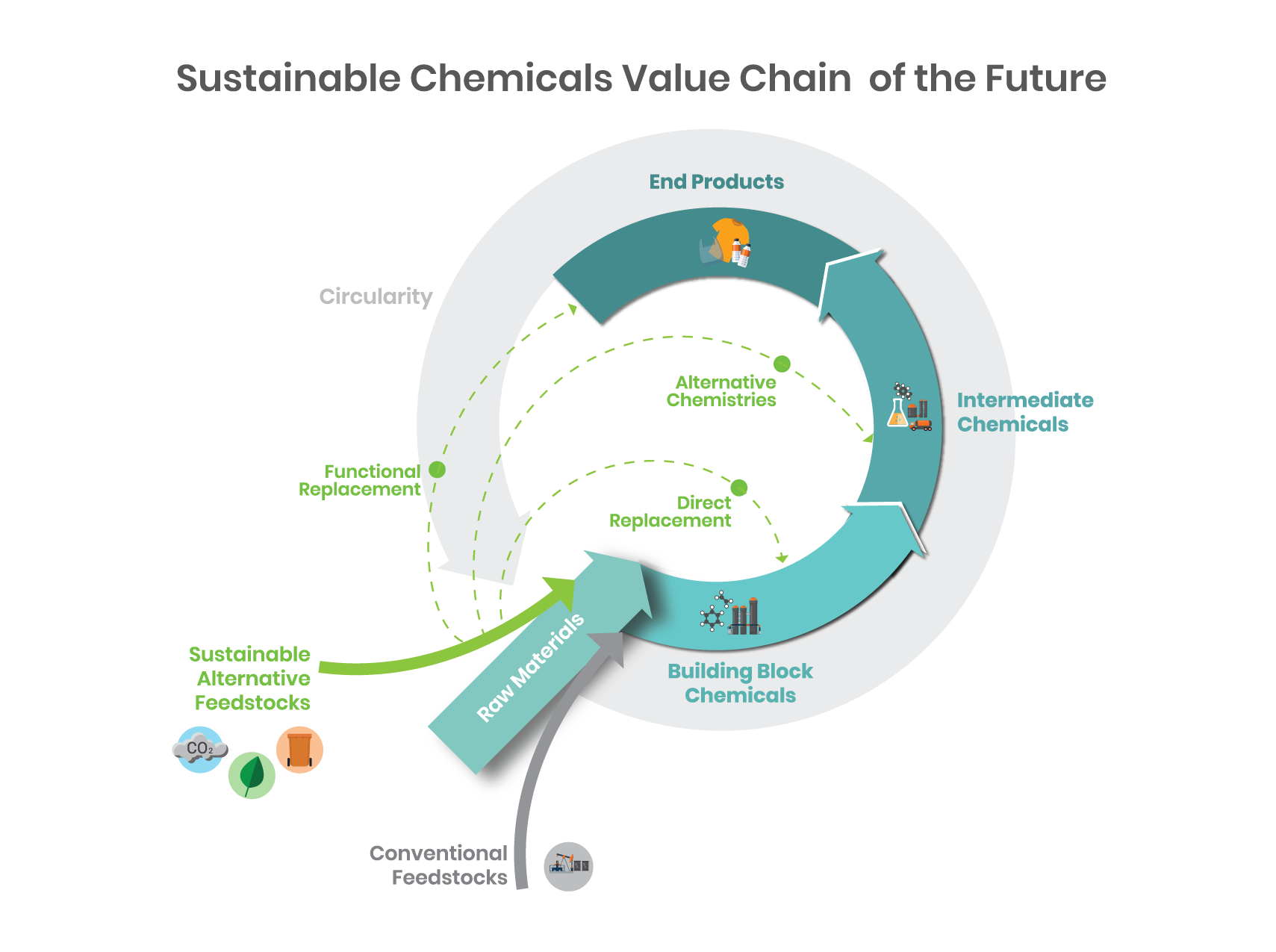Discover the current Developments in Chemical Products for Boosted Performance
Discover the current Developments in Chemical Products for Boosted Performance
Blog Article
Trick Factors To Consider for Picking the Right Chemical Products to Achieve Efficient Integrated Solutions in Your Workflow
Selecting the ideal chemical products for integrated remedies in procedures requires a multifaceted method that incorporates various critical factors to consider. From analyzing chemical compatibility to guaranteeing adherence to regulatory requirements, each variable plays a critical duty in optimizing operational performance and safety and security.
Understanding Chemical Compatibility

To assess compatibility, one need to consider aspects such as the chemical properties of the substances included, consisting of pH, concentration, temperature level, and the presence of impurities. Making use of compatibility graphes and data sources can offer valuable insights into potential interactions. Additionally, conducting small examinations can aid recognize unpredicted reactions that might not be recorded.
Aspects such as moisture, light direct exposure, and temperature level can affect the stability and sensitivity of chemical items. By focusing on chemical compatibility during the selection process, companies can enhance functional efficiency, lower the threat of mishaps, and ensure compliance with safety methods.
Examining Regulatory Compliance
In the facility landscape of chemical item selection, assessing governing compliance is critical to making sure not only safety and security but additionally legal adherence. Organizations must browse a myriad of guidelines, from regional and national regulations to global requirements, that control the usage, storage space, and disposal of chemical substances. This needs an extensive understanding of relevant regulations such as the Occupational Safety and Wellness Management (OSHA) requirements, the Epa (EPA) standards, and the European Union's Registration, Examination, Authorisation and Restriction of Chemicals (REACH)
When selecting chemical products, it is vital to verify that vendors offer Safety and security Data Sheets (SDS) that detail possible hazards and handling demands. Additionally, organizations should validate that the chemicals adhere to industry-specific regulations, which may impose extra stipulations. Non-compliance can result in severe penalties, consisting of fines and functional shutdowns.
In addition, organizations should remain upgraded on regulatory adjustments, as non-compliance can arise from out-of-date techniques. Developing a durable compliance technique, including normal audits and worker training, can assist make certain adherence to present laws. Ultimately, prioritizing governing compliance not only minimizes risk however additionally boosts the organization's track record and functional efficiency.
Assessing Environmental Impact
Exactly how can companies successfully evaluate the environmental influence of chemical items throughout the option procedure? Organizations should begin by identifying the possible dangers linked with each chemical, including toxicity, perseverance in the click here for more atmosphere, and bioaccumulation potential.
Furthermore, organizations can take advantage of third-party certifications and eco-labels that suggest conformity with environmental standards - Chemical Products. Involving with suppliers who focus on sustainability techniques can also improve the choice process. It is vital to evaluate not only the direct impacts of chemical usage however additionally the indirect influences, such as power usage and waste generation
Implementing life cycle assessment (LCA) techniques can supply thorough understandings into the environmental impact of chemical items, highlighting areas for renovation. By prioritizing openness and cooperation with stakeholders, companies can make enlightened decisions that straighten with their sustainability objectives while lessening negative ecological end results. This positive technique inevitably promotes a much more responsible and eco-conscious operational structure.
Evaluating Cost-Effectiveness
While assessing chemical items for operational use, organizations must also think about cost-effectiveness as an important factor in the option procedure. This involves assessing not just the initial acquisition rate but also the overall price of ownership, that includes aspects such as usage effectiveness, maintenance, and disposal costs. Chemical Products. A product that appears cost-effective upfront may sustain greater prices in energy consumption or call for more frequent replacement, inevitably impacting the lower line
In addition, companies should examine the potential for cost savings through enhanced solutions that enhance performance and decrease waste. Products that need reduced application prices or offer faster processing times can lead to considerable financial savings over time. It is also crucial to consider the impact of regulative conformity prices, as non-compliance can lead to penalties and boosted functional expenses.
Additionally, organizations should assess the long-term worth originated from the chemical go to my blog products, consisting of enhanced top quality, increased productivity, and boosted safety and security. A thorough cost-effectiveness analysis empowers organizations to make enlightened decisions that straighten with both their monetary objectives a fantastic read and functional objectives, inevitably causing sustainable and reliable practices.
Identifying Distributor Dependability
Provider reliability is extremely important when choosing chemical items for operations, as it straight affects both product top quality and operational performance. A trusted provider continually delivers high-quality products on time, making sure that your procedures remain undisturbed. To recognize supplier dependability, start by evaluating their credibility within the sector. Look for reviews, testimonies, and study that highlight their efficiency and consumer complete satisfaction levels.
Following, think about the distributor's background of compliance with regulations and requirements. A reputable supplier needs to have a robust quality control program that sticks to market guidelines. In addition, evaluate their ability to supply technical assistance and product information, which is crucial for educated decision-making.

Verdict
In verdict, picking the proper chemical items for integrated solutions demands a comprehensive evaluation of numerous essential aspects. Comprehending chemical compatibility, guaranteeing regulatory conformity, analyzing ecological impacts, assessing cost-effectiveness, and determining reliable distributors collectively contribute to informed decision-making.
Report this page